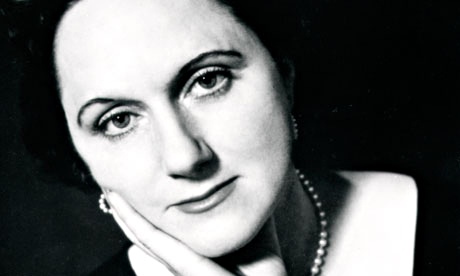
“Laura Palfrey,” writes Elizabeth Taylor, in a brilliant, character-defining sentence at the opening of her masterpiece, “would have made a distinguished-looking man and, sometimes, wearing evening dress, looked like some famous general in drag.”
Mrs Palfrey, recently widowed, arrives at the Claremont hotel on the Cromwell Road, one rainy Sunday in January. She is asserting her right to be herself after years as a colonial wife, while also acknowledging the inevitability of decline and death. “It was hard work being old,” writes Taylor. “Both infancy and age are tiring times.”
The hotel becomes a genteel antechamber to oblivion, its spectral inhabitants representative figures from postwar English life. It’s the 1960s, and a new society is taking shape. The Claremont symbolises a class and a way of life heading for the dustbin of history. But Taylor, though ruthlessly observant, also delights in exploring the trivial banalities of everyday life.
When she subjects the newest resident of the Claremont to that classic geriatric indignity, a fall, the upshot is not humiliation, but romance. Ludo Myers is a struggling writer who rescues Mrs Palfrey and becomes, through a series of misunderstandings, her grandson “Desmond”.
Although this is, at times, a heartbreaking novel, striking many sombre chords, some of it teeters on the edge of sit- or romcom, as Mrs Palfrey strives to do the right thing and also to be true to herself. Much of the reader’s joy lies in the exquisite subtlety in Taylor’s depiction of all the relationships, the sharp brevity of her wit, and the apparently effortless way the plot unfolds. Among the other residents of the Claremont, Lady Swayne and Mrs de Salis are comic monsters who could have easily enjoyed walk-on parts in Jane Austen.
Finally, Mrs Palfrey rejects an offer of marriage, and has another fall. This time, there is no happy outcome. She dies alone, unwanted and unremembered. That, possibly, was Elizabeth Taylor’s commentary on her own fate. She could hardly have been more wrong.
A note on the text
Elizabeth Taylor is a great English novelist who remains a surprisingly well-kept secret. Anne Tyler says she is a “soul sister” to Jane Austen and Elizabeth Bowen (No 7 and No 69 in this series), and Sarah Waters has praised her as a writer of “great subtlety, great compassion and great depth”. However, the depth of her genius is still only half-recognised. Novels such as Angel, The Wedding Group and Mrs Palfrey at the Claremont should propel her on to any list of English fiction such as this, but it’s notable how often she still gets ignored or overlooked.
Mrs Palfrey at the Claremont is, for me, her masterpiece. My enthusiasm is probably coloured by the fact that I got my first job at Chatto & Windus, Taylor’s publisher, just a few months after her death in 1976. So I came to know her editor (Dennis Enright) and her publisher (Norah Smallwood) as friends. It was from them that I heard the stories of the witty, secretive, reclusive and dedicated writer who lived and worked almost all her life in the home counties, particularly Penn in Buckinghamshire.
Mrs Palfrey at the Claremont, a late bloom in Taylor’s oeuvre, was published by Chatto in 1971. The novelist Paul Bailey, who has special affection for this novel, has written: “I envy those readers who are coming to her work for the first time. Theirs will be an unexpected pleasure, and they will – if they read her as she wanted to be read – learn much that will surprise them.” For the Daily Telegraph, “Taylor excels in conveying the tragicomic poignancy of everyday life”.
In 1982, Mrs Palfrey became a Virago Modern Classic, a move that introduced the novel to a much wider audience. To her fans, of course, she never needed any hype; to the wider world of serious fiction readers, she now slowly began to get the recognition she deserves.
Elizabeth Taylor died from cancer in 1976.
Three more from Elizabeth Taylor
At Mrs Lipincote’s (1945), A Game of Hide and Seek (1951), Angel (1957).
Mrs Palfrey at the Claremont is published by Virago (£8.99). Click here to order it for £7.19

